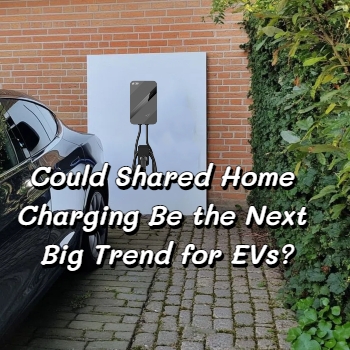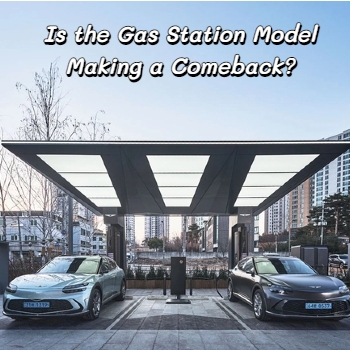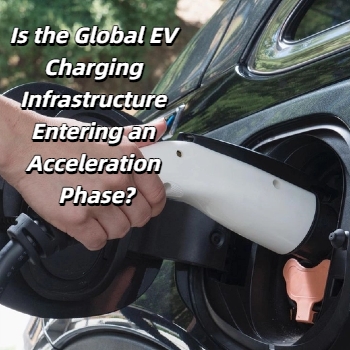Sep 03, 2025
☘️Why is Ireland experimenting with shared home charging?
Ireland has recently launched its first shared home charging network pilot. Through this initiative, some EV drivers can connect their private home EV chargers to a community platform, making them available for others to use. This approach not only helps drivers without private parking or the ability to install a home charging station, but also provides an innovative solution to accelerate the adoption of electric vehicles.
📁What problems can shared home charging solve?
In many cities, EV drivers still face a shortage of convenient charging points. A shared home EV charging model allows more users to recharge their cars close to home, reducing dependence on crowded public charging stations and cutting down waiting times. At the same time, homeowners who share their EV chargers can generate additional income, creating a sustainable, community-driven ecosystem.
🪈Could shared charging become the mainstream model?
Although still at the pilot stage, shared charging networks show strong global potential. If integrated with digital platforms, secure payment systems, and standardized EV charging equipment, this model could scale quickly across multiple markets. Challenges remain—such as ensuring data privacy, user security, and reliable settlement systems—but the benefits may outweigh the barriers in the long term.
🛜What charging equipment is best for shared networks?
When it comes to shared EV charging, reliability and compatibility are essential. Chargers that are portable, easy to install, and support multiple vehicle types are more suitable for community applications. For example, our company offers:
⭐️3.5–7kW portable EV chargers – compact, mobile, and ideal for flexible use.
⭐️7–22kW wall-mounted chargers – durable, efficient, and perfect for shared charging deployment.
These solutions not only meet individual drivers’ needs but also maximize infrastructure efficiency, making them ideal for both private and community charging networks.
📚What can we learn from Ireland’s pilot project?
Ireland’s shared home charging initiative is more than a local experiment—it’s a blueprint for the future of EV charging infrastructure worldwide. The combination of public and private charging resources is likely to shape the next stage of EV growth. For businesses, communities, and car owners, this trend highlights the importance of preparing with the right charging solutions today to capture opportunities tomorrow.
👉 Looking to explore portable EV chargers or home charging stations for your community or business?Contact us https://www.fescharging.com/ to learn more about our latest charging solutions.
Read More



